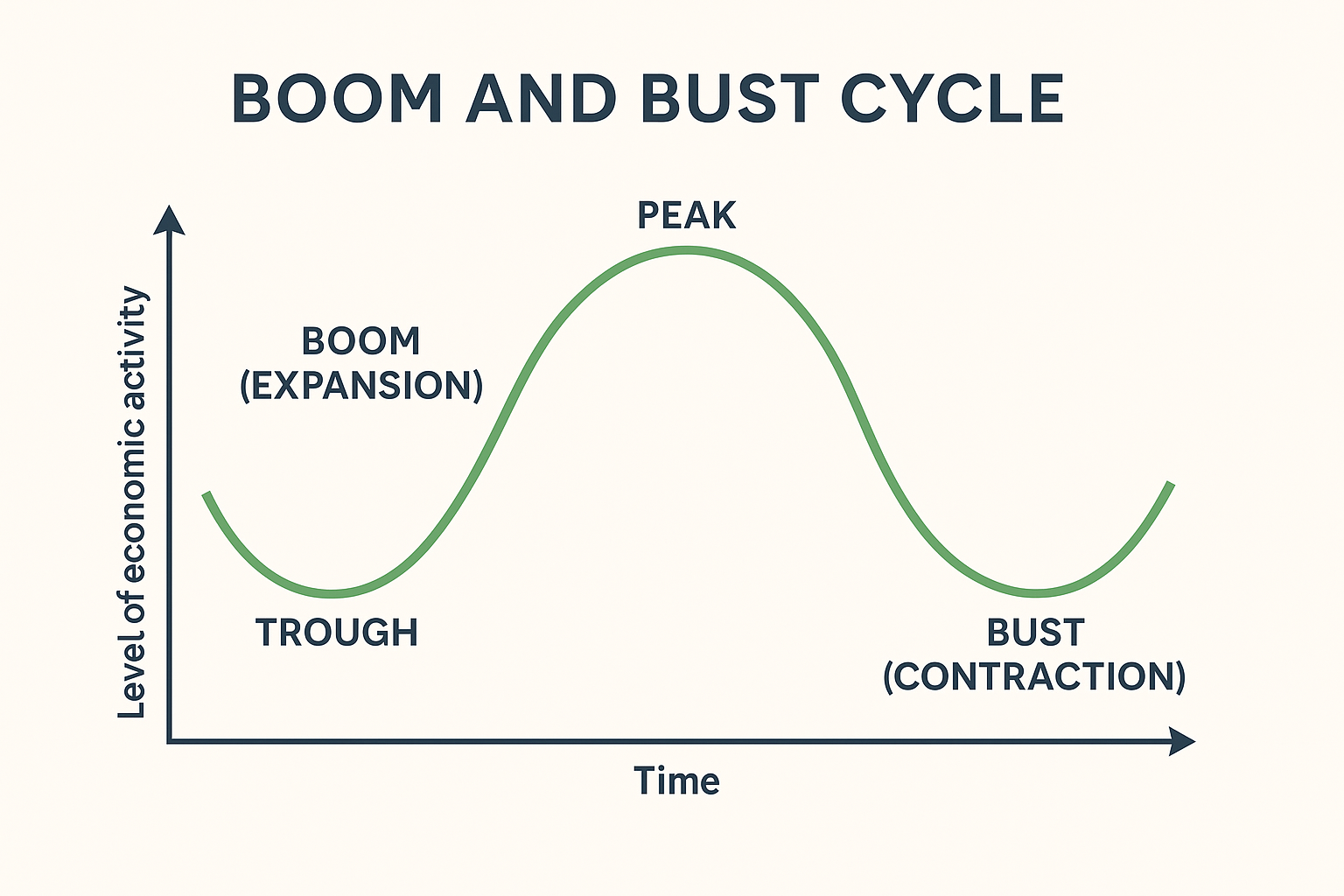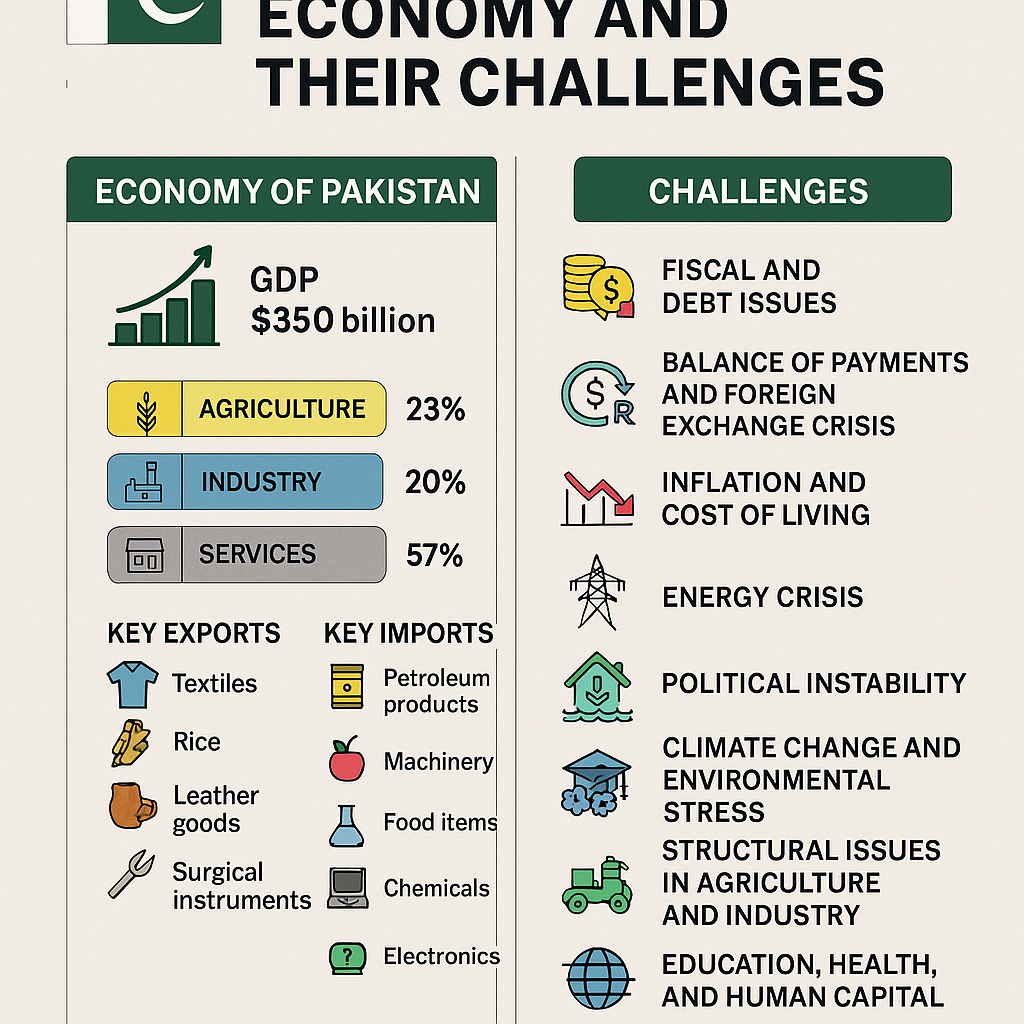By MAJID KHAN Msc Finance
1. What is Monetary Policy?
Monetary policy refers to actions taken by a country’s central bank (e.g., State Bank of Pakistan) to regulate the money supply, interest rates, and credit in the economy. It aims to maintain price stability, control inflation, and support economic growth.
Key Tools:
- Policy Interest Rate
- Open Market Operations (OMOs)
- Cash Reserve Requirement (CRR)
- Statutory Liquidity Ratio (SLR)
- Foreign Exchange Interventions
2. What is Fiscal Policy?
Fiscal policy refers to the use of government spending and taxation by the Ministry of Finance to influence the economy. It targets economic growth, employment, income distribution, and public services.
Key Tools:
- Government Expenditure
- Taxation (direct & indirect)
- Budget Deficits or Surpluses
- Public Borrowing
Comparative Analysis
| Feature | Monetary Policy | Fiscal Policy |
|---|---|---|
| Managed By | Central Bank (e.g., SBP) | Government (e.g., Ministry of Finance) |
| Key Instruments | Interest rates, OMOs, CRR, SLR | Taxes, spending, subsidies |
| Focus Area | Inflation, currency stability, money supply | Economic growth, employment, income redistribution |
| Implementation Speed | Quick (rate decisions, market operations) | Slower (requires legislative approval for budgets) |
| Target Audience | Banks, investors, borrowers | Households, businesses, public sectors |
| Nature | Indirect control over economy | Direct control through spending and taxation |
| Flexibility | High (can be adjusted frequently) | Low (budgetary process is annual and rigid) |
Summary
- Monetary policy is used for price stability and liquidity control, driven by the central bank.
- Fiscal policy deals with government income and expenditure to promote overall development, driven by the government.


